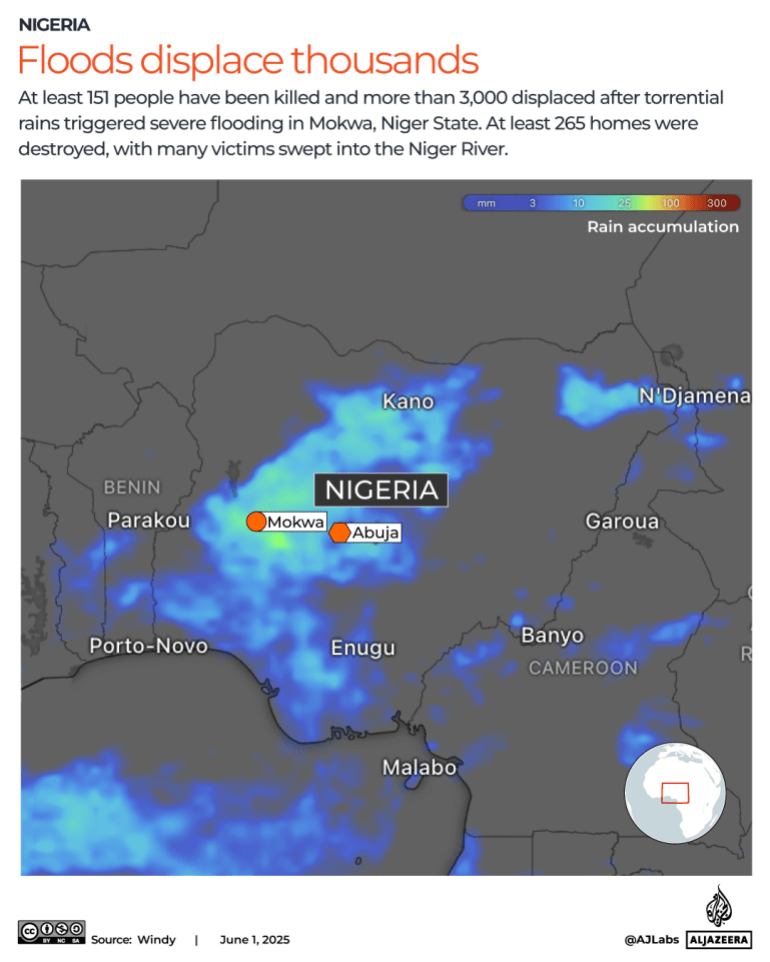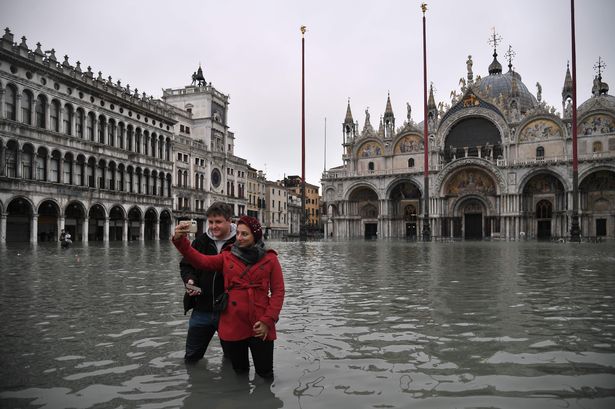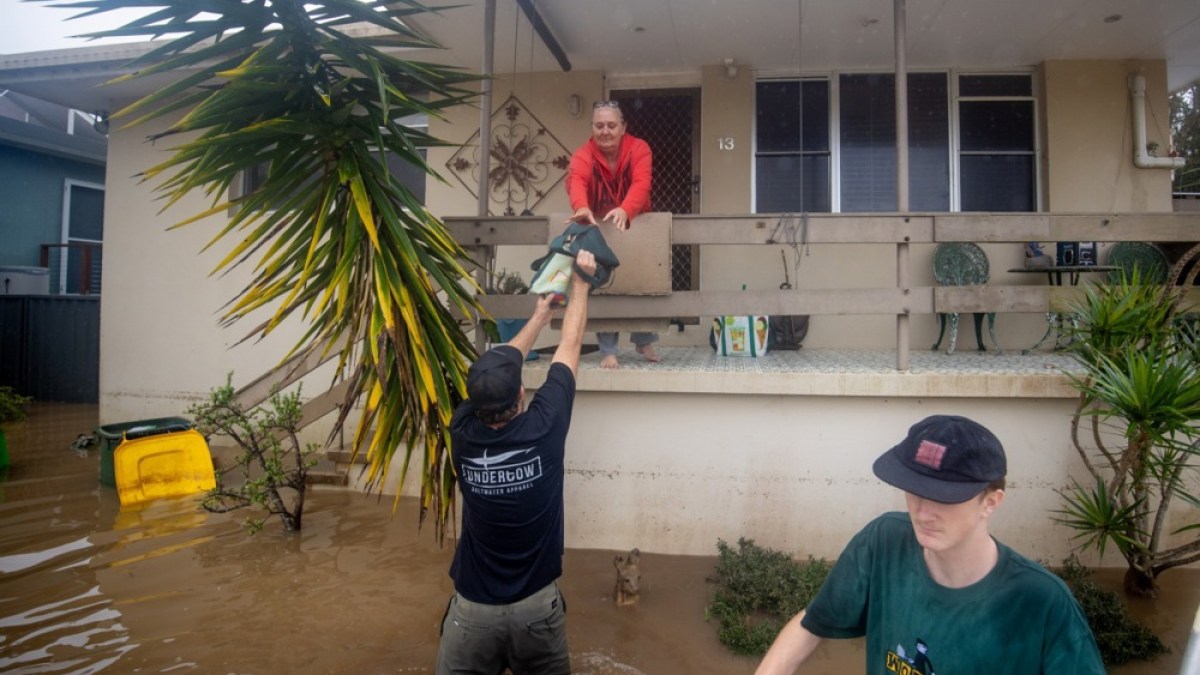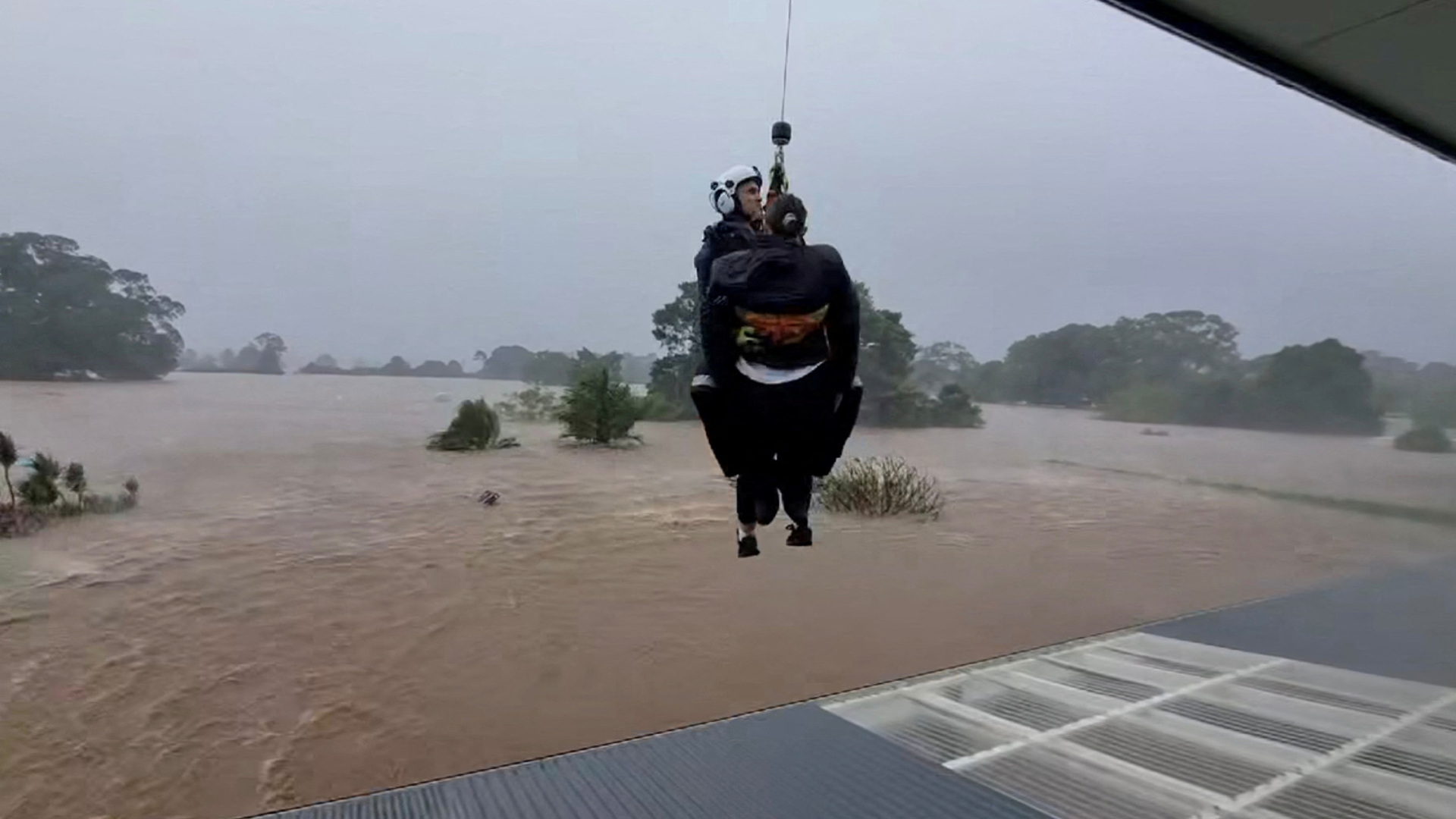With thousands of tourists flocking to cities like Amsterdam and Venice, this beautiful city in Belgium, named the “Venice of the North” is one of Europe’s most underrated and is far less crowded
While Amsterdam and Venice are flooded with tourists, a picturesque Belgian city known as the “Venice of the North” is one of Europe’s hidden gems, boasting fewer crowds and just as much charm. Situated on Belgium’s northwest coast, this enchanting city offers cobblestone streets, medieval architecture, canals and a rich history, making it an ideal destination for those seeking a more authentic experience.
Only an hour’s train ride from Brussels, Bruges has preserved its quaint, romantic atmosphere, making it a top choice for tourists seeking a less crowded alternative. The city’s remarkably well-preserved medieval centre features towering buildings, rows of gabled houses, pointed arches, ornate facades, and barrel vaults seamlessly blending history with modern trends.
READ MORE: Boots’ new ‘by far the best’ range including gut powder that ‘really helps with bloating’
Bruges’ oldest buildings, showcasing early Romanesque and Gothic styles, are still standing, including the iconic 13th-century Belfry of Bruges bell tower. For a small fee, visitors can climb the 366 steps to the top for breathtaking views of the town and its surroundings, reports the Express.
Other must-see attractions include the Museum of the Church of Our Lady, home to the world’s second-tallest brick tower, and the Basilica of the Holy Blood, which houses a cloth believed to be stained with the blood of Jesus. Bruges, often likened to Venice, boasts a complex network of canals linking various parts of the city.
The majority of attractions are within walking distance, and those that aren’t can be reached via a picturesque canal ride. Initially used for transport and commerce, these canals now play a vital role in the city’s culture, offering a Venetian experience without the throngs of tourists.
Another way to explore Bruges is by horse-drawn carriage. Setting off from one of the main squares, these carriages navigate the city’s winding cobbled streets, crossing ancient bridges and passing through other significant squares, all while the coachman provides commentary, according to Visit Bruges.
However, it’s worth noting that these rides do not operate when temperatures exceed 30°C to protect the horses’ welfare.
Bruges also serves as a cultural and artistic hub, housing numerous world-class museums such as the Groeningemuseum and the Memling Museum, which display Flemish and Dutch art, statues, and sculptures.
The city also celebrates contemporary art, hosting the Bruges Triennial every few years, where artists erect modern installations throughout the city.
Renowned for producing the finest chocolate globally, Bruges boasts some of the richest chocolate in the nation.
This charming city is home to numerous Belgian chocolate shops, where expert chocolatiers utilise premium ingredients like high-quality cocoa beans, cocoa butter, and fresh local dairy products to craft their exquisite chocolates, as noted by Fodor’s Travel.
Visitors can indulge in an array of flavours and fillings, including nuts, liqueurs, and fruits, and even explore the chocolate museum, Choco-Story Brugge, which offers a glimpse into the history of chocolate-making and hands-on workshops.
For a more substantial culinary experience, Bruges’ restaurants, nestled within the city’s historic buildings, serve a delightful blend of Belgian and French cuisine.
Be sure to try the crispy Belgian frites, or “pommes frites” which are often accompanied by an assortment of side sauces, including truffle mayonnaise, BBQ and Indian curry.
Flemish Stew is another local favourite. If you prefer to avoid the summer crowds and heat, Bruges hosts one of Europe’s most enchanting Christmas Markets, making it an ideal winter destination.
Visitors to Bruges’ historic centre have described their experience as a “fairytale” on Tripadvisor, with one reviewer noting, “The medieval architecture, with its charming gabled houses and serene canals, creates a magical atmosphere.”
Others have praised it as the “prettiest town in Belgium” and “a place that everybody should visit.”
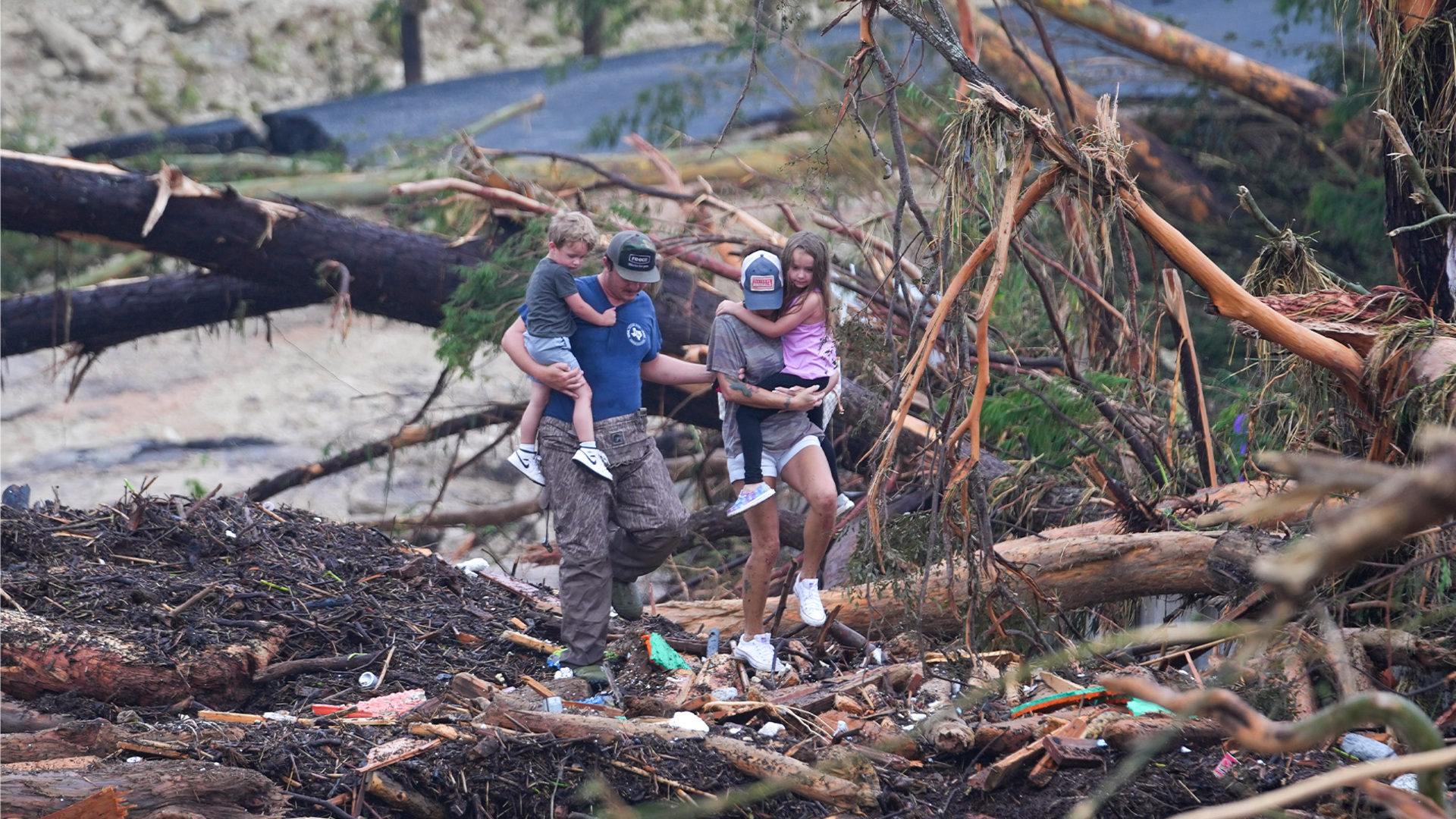



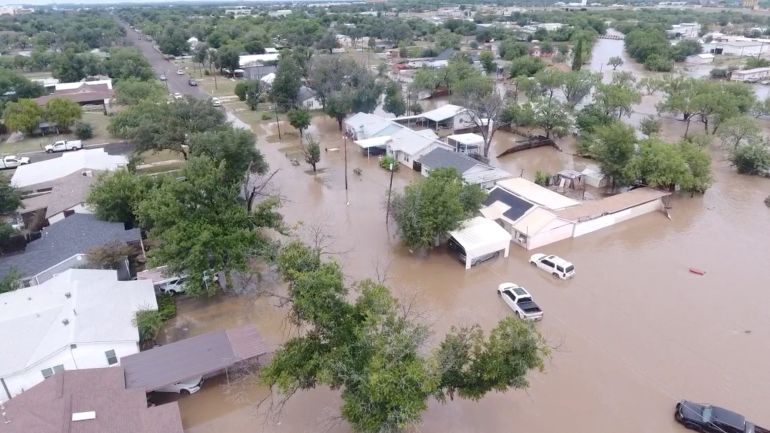
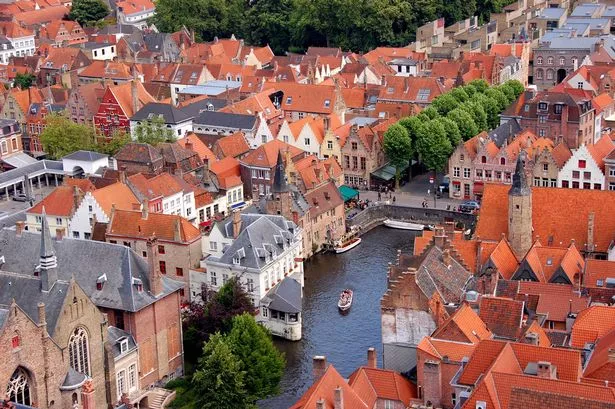



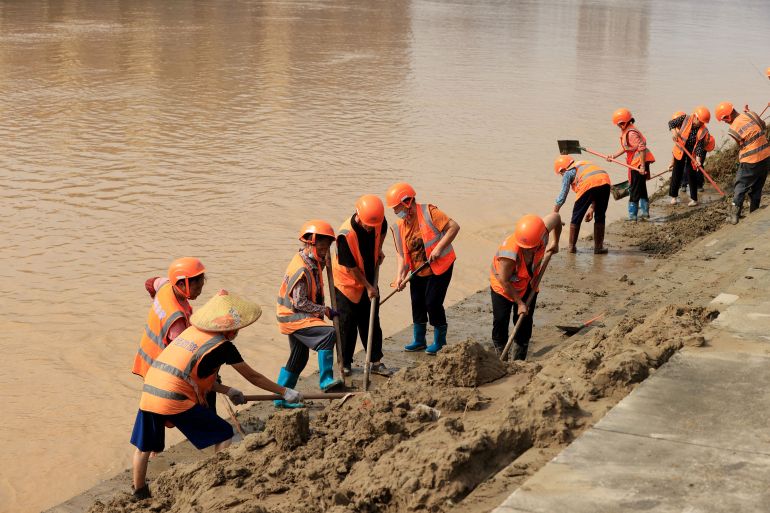

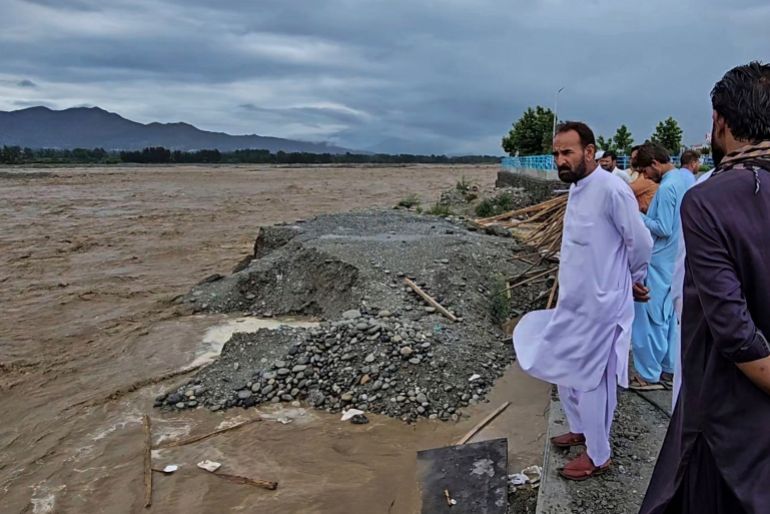



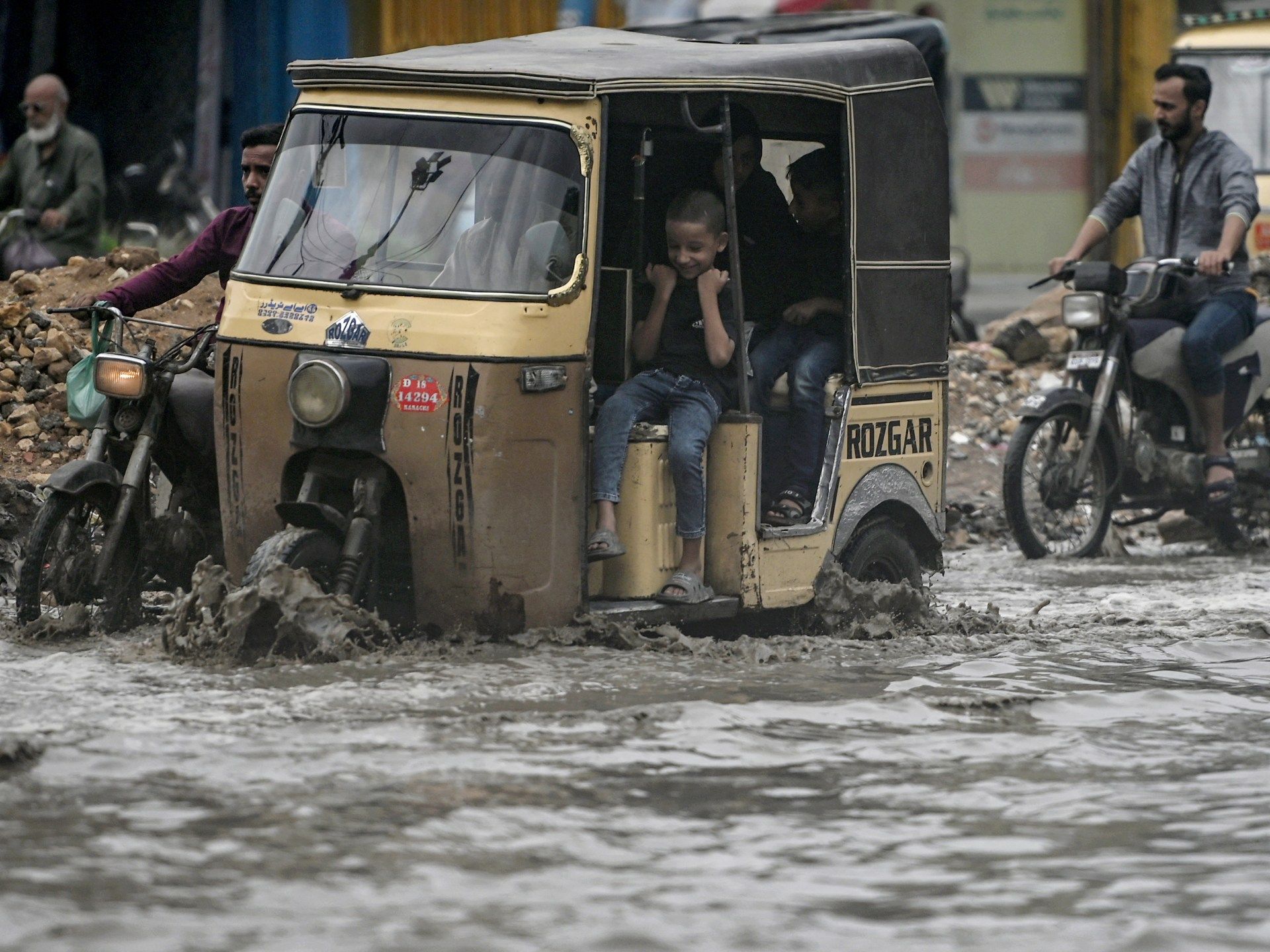
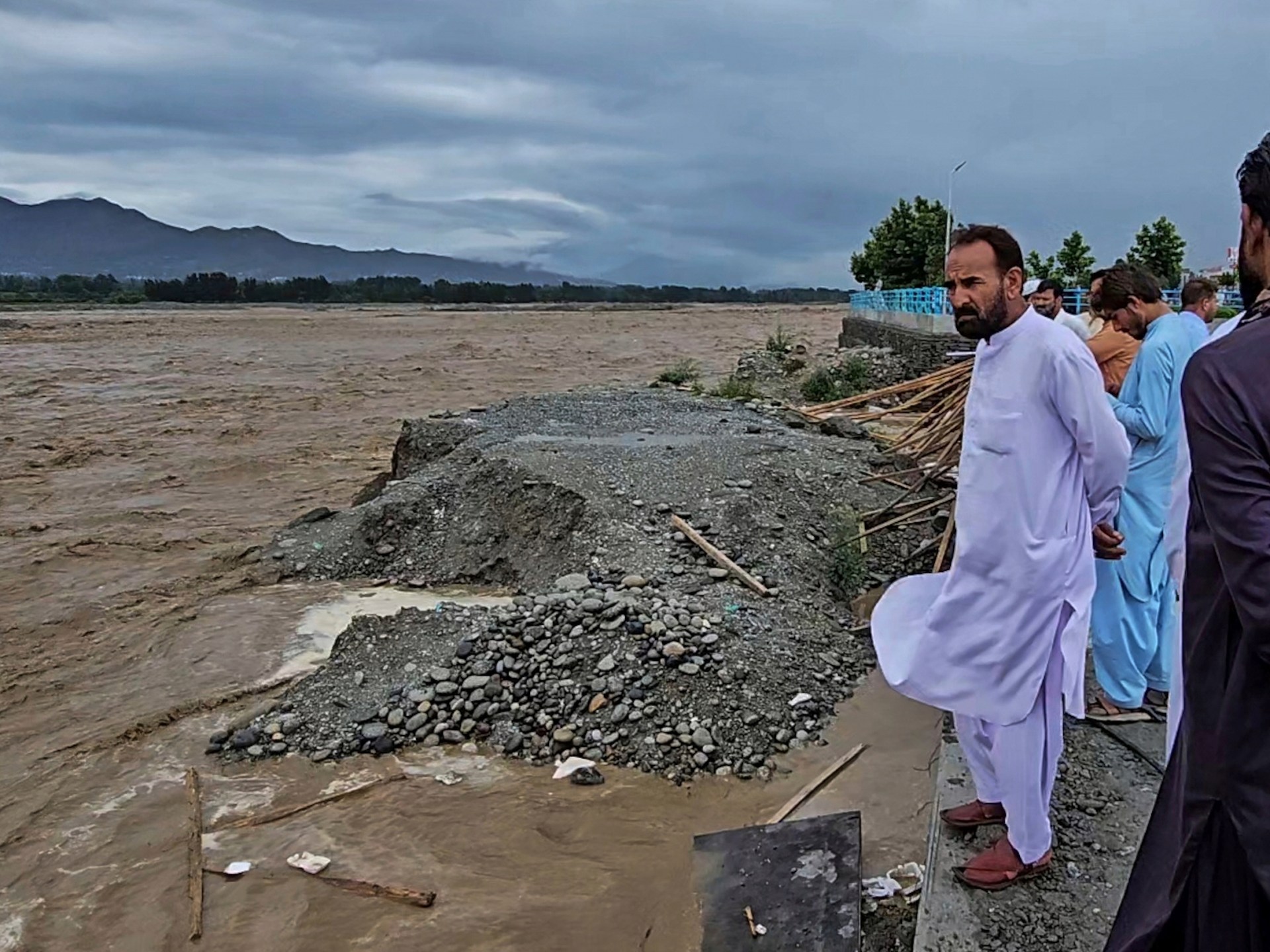
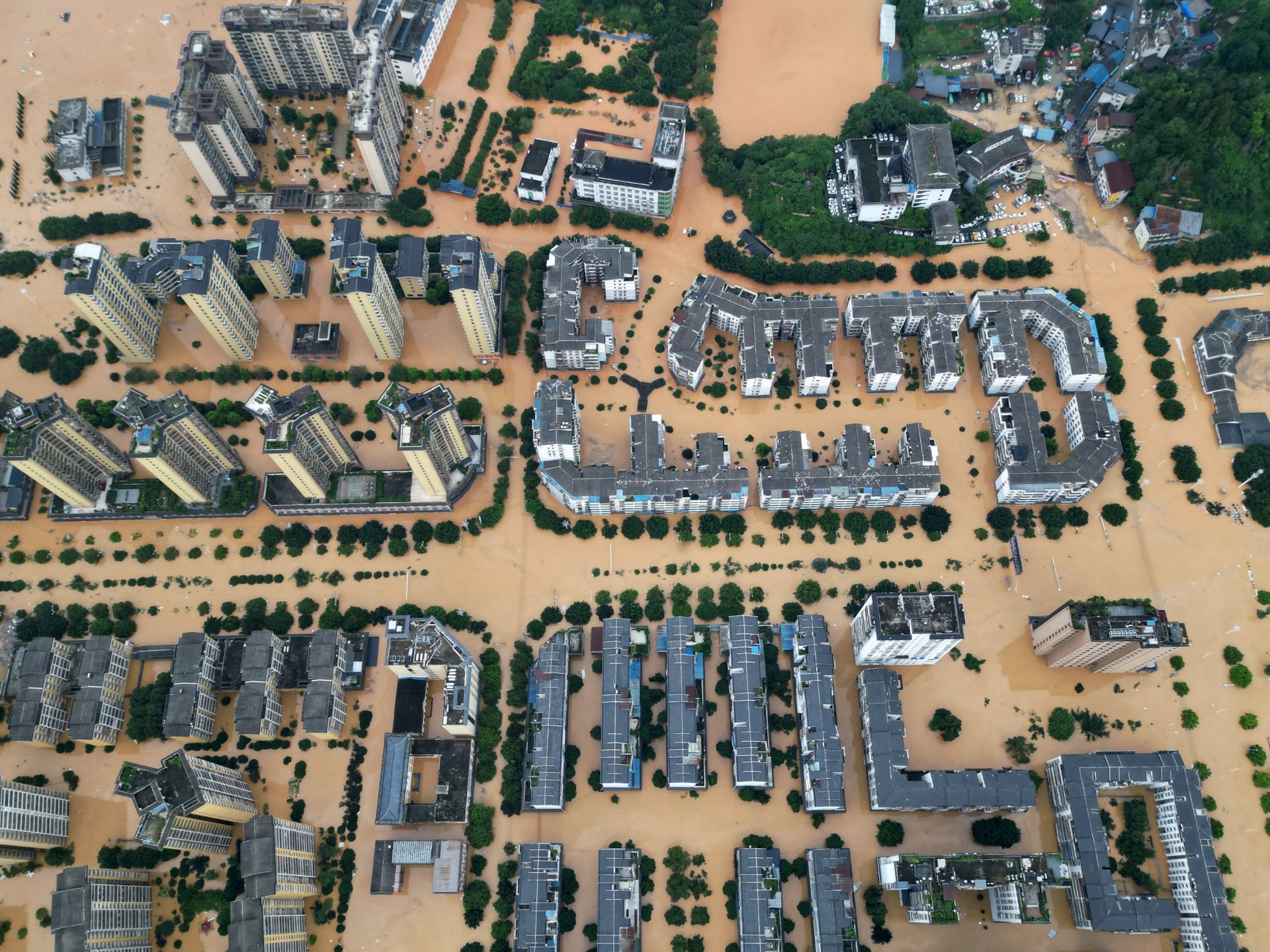
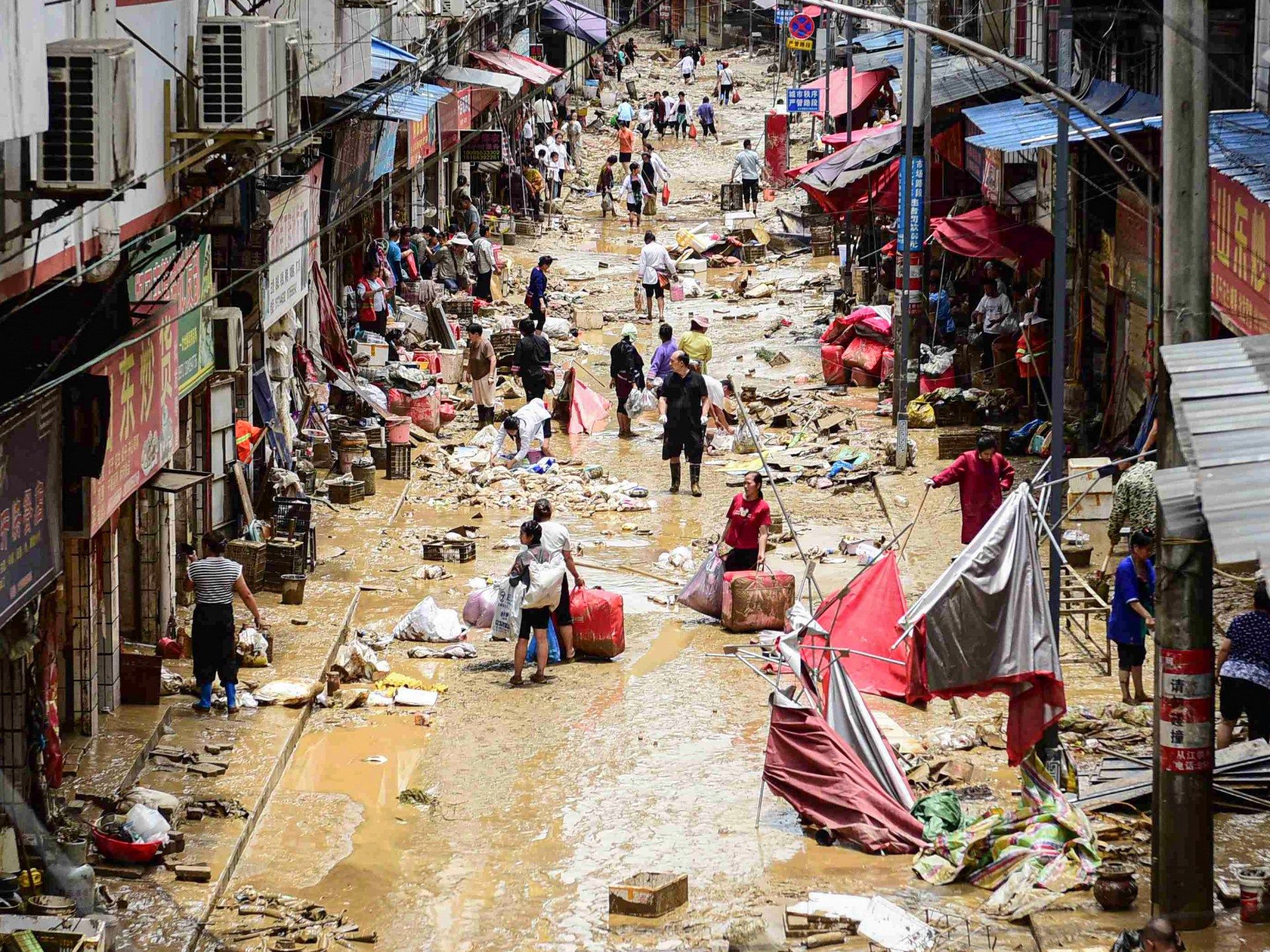

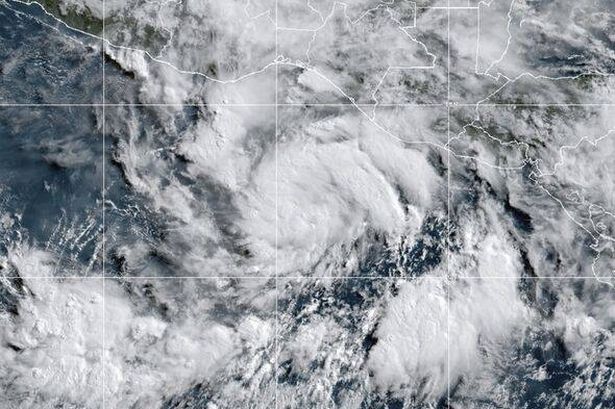



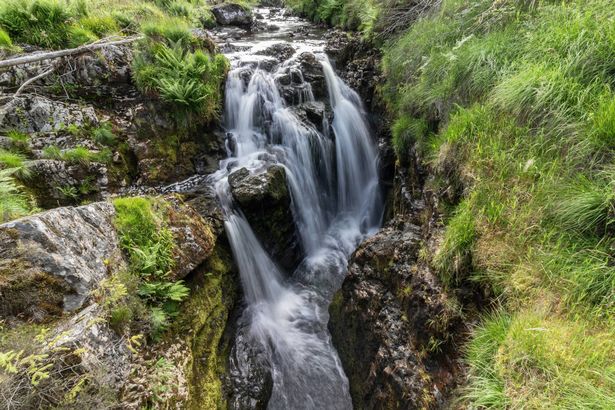




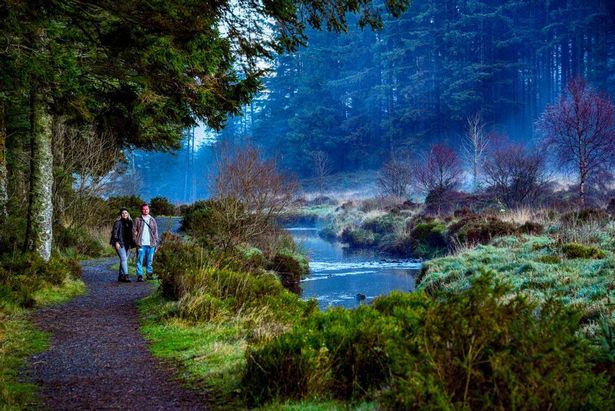
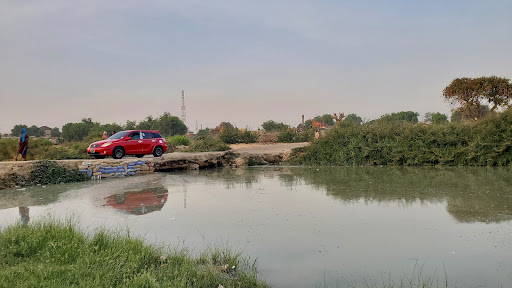

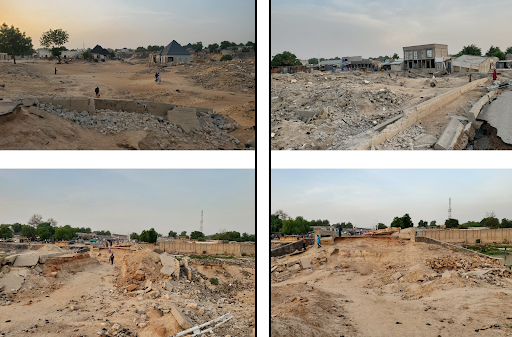
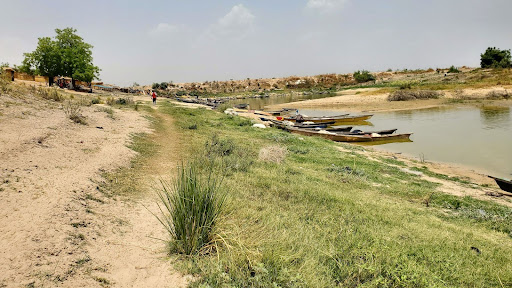
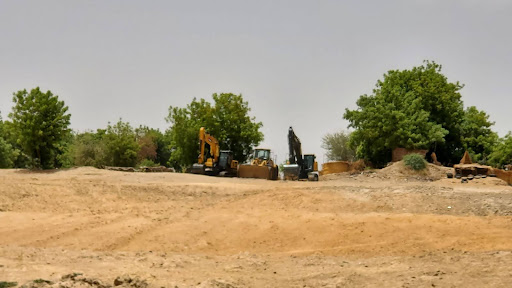
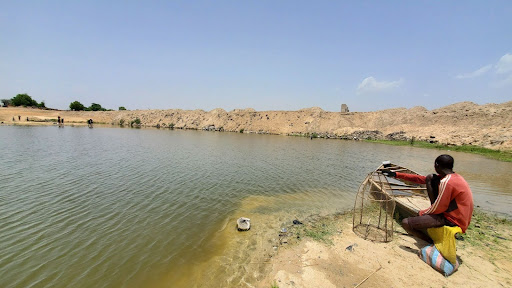

![A motorcyclist wades through a flooded street after heavy rains in Guwahati, in India's Assam state on May 31, 2025. [File: Biju Boro/AFP]](https://www.occasionaldigest.com/wp-content/uploads/2025/06/000_48PV2CA-1748767758.jpg)
